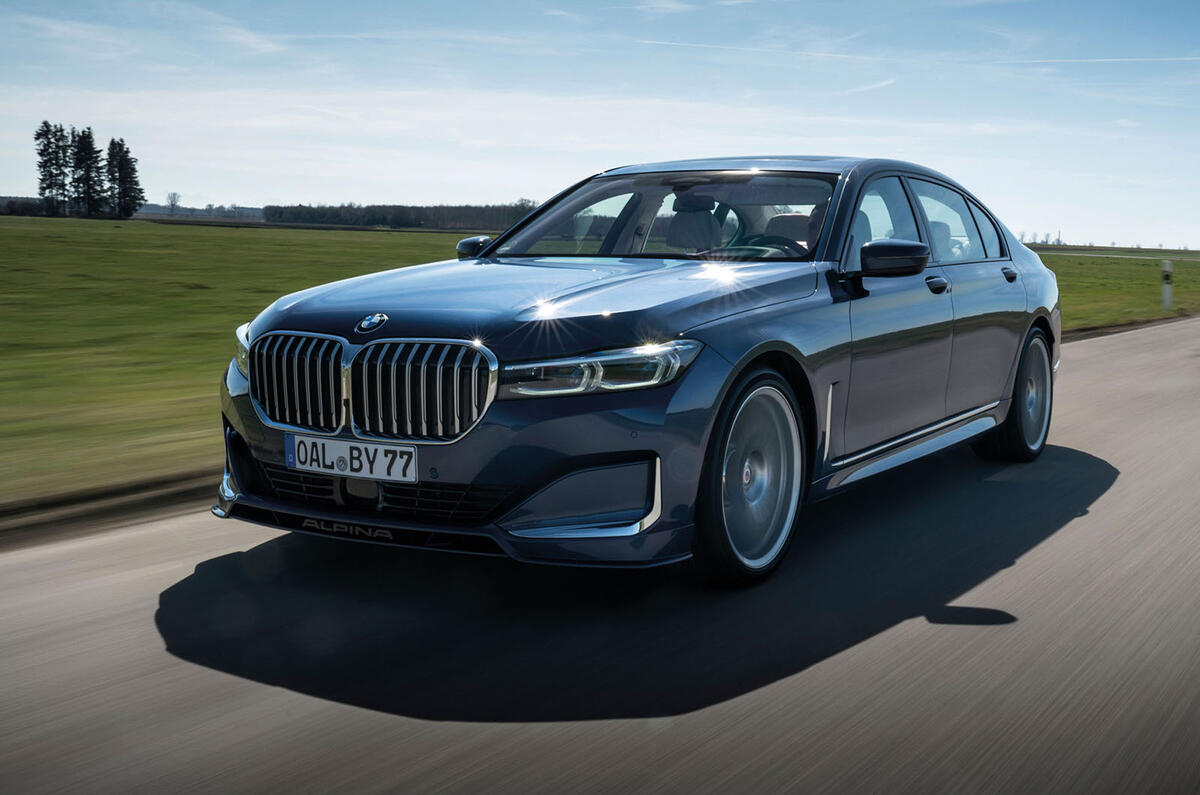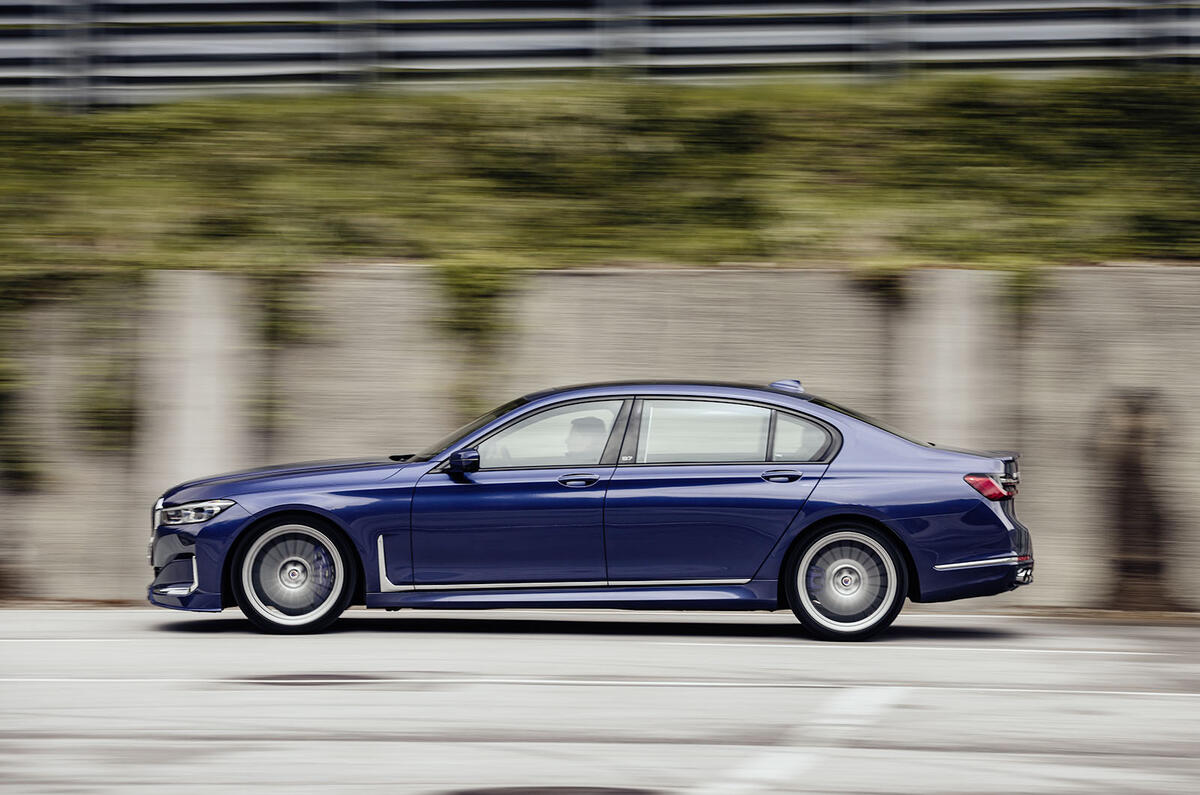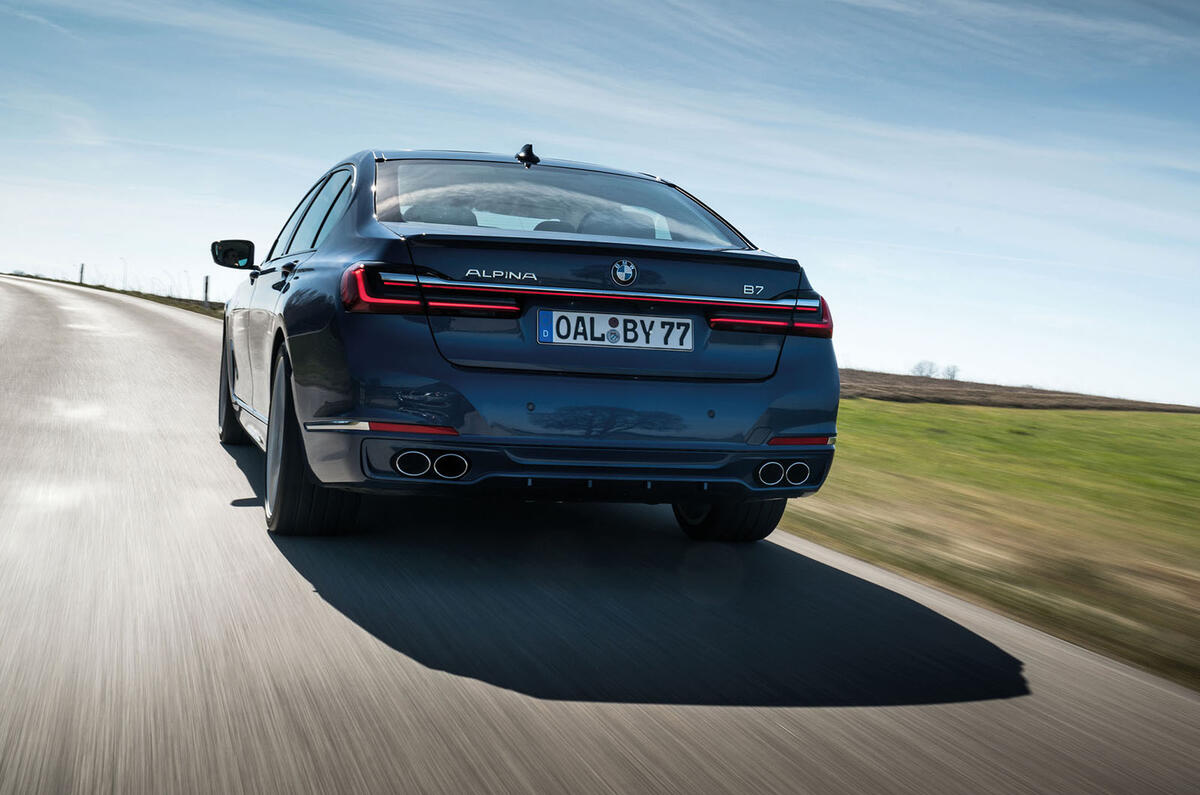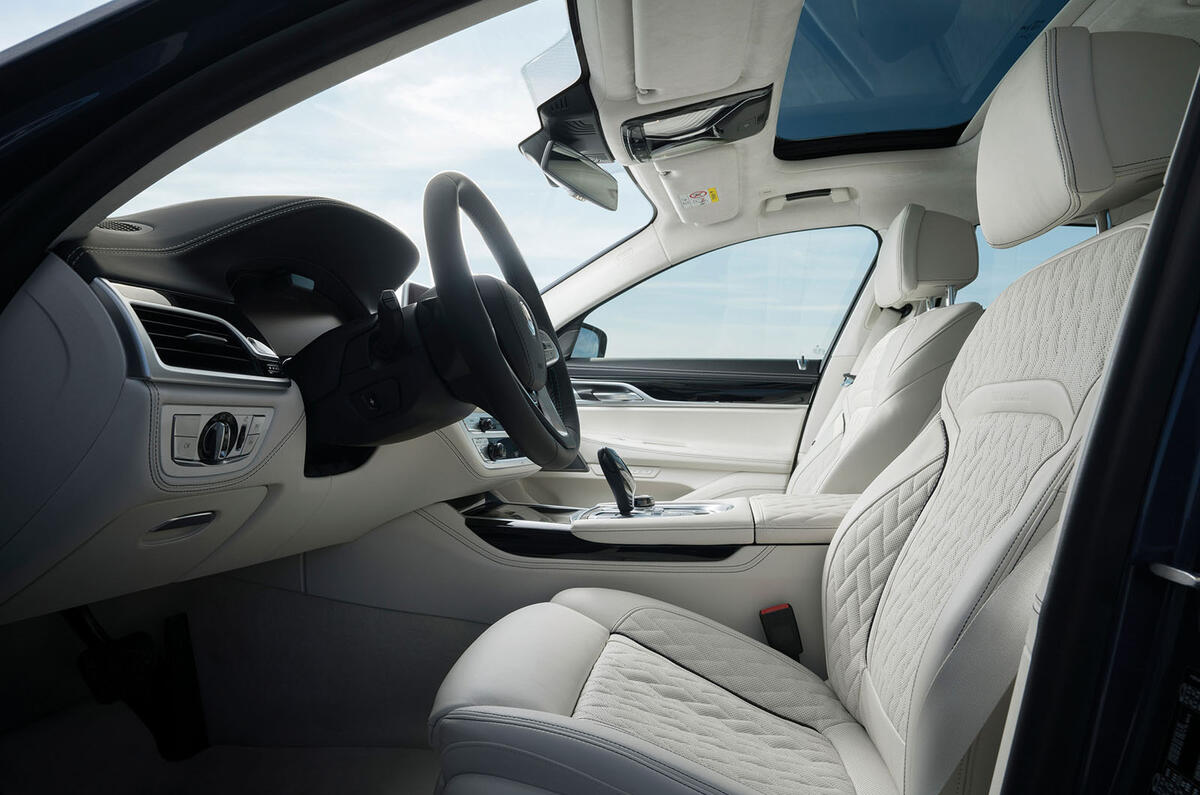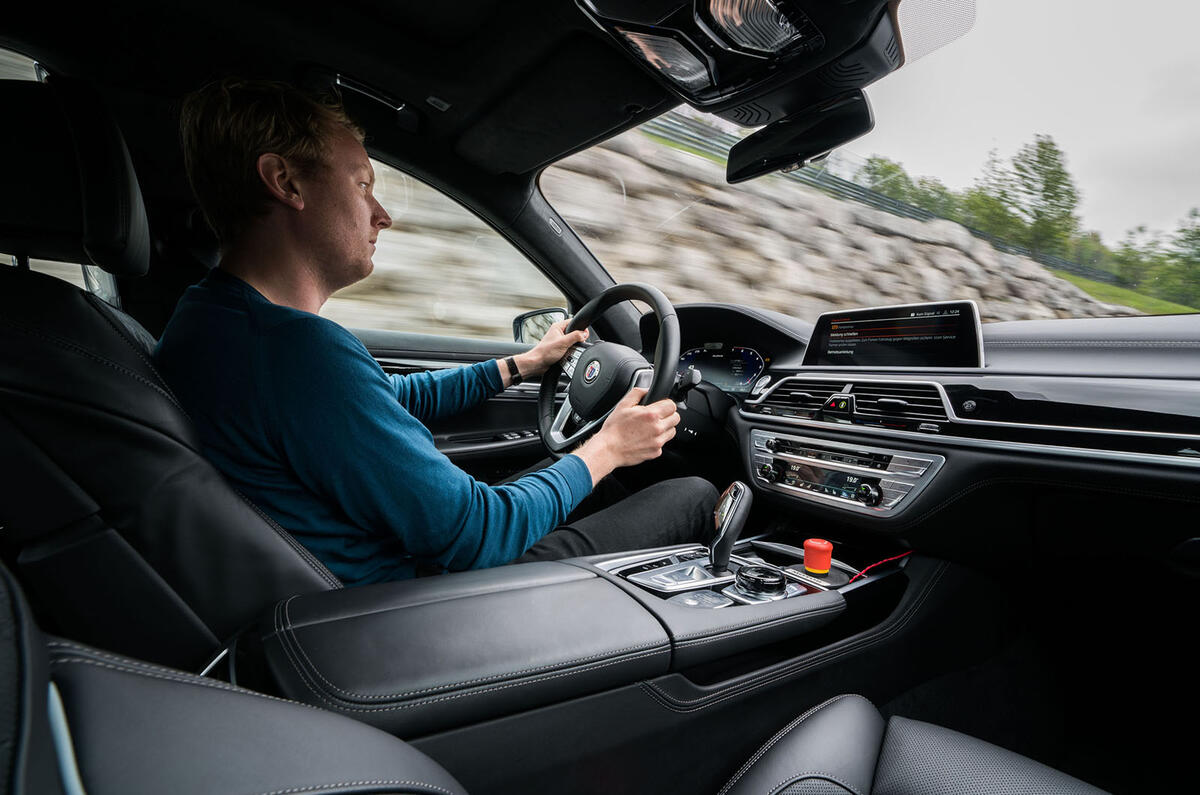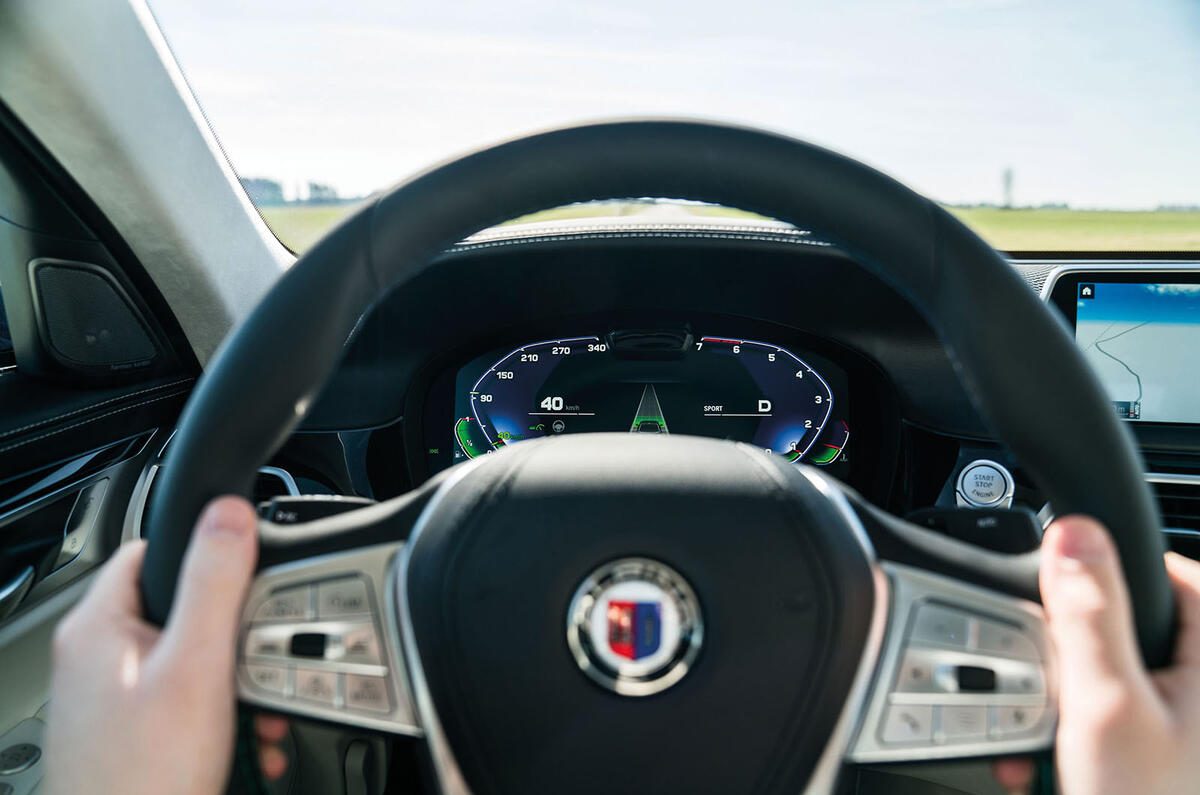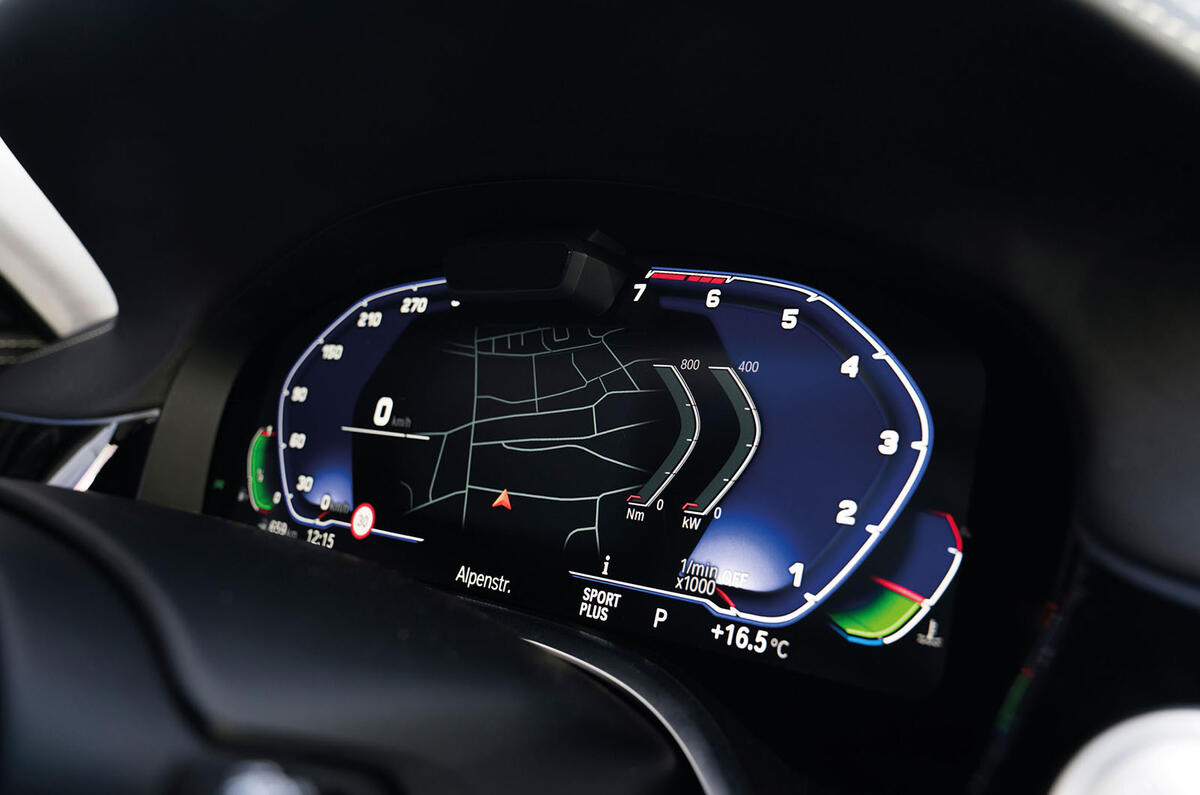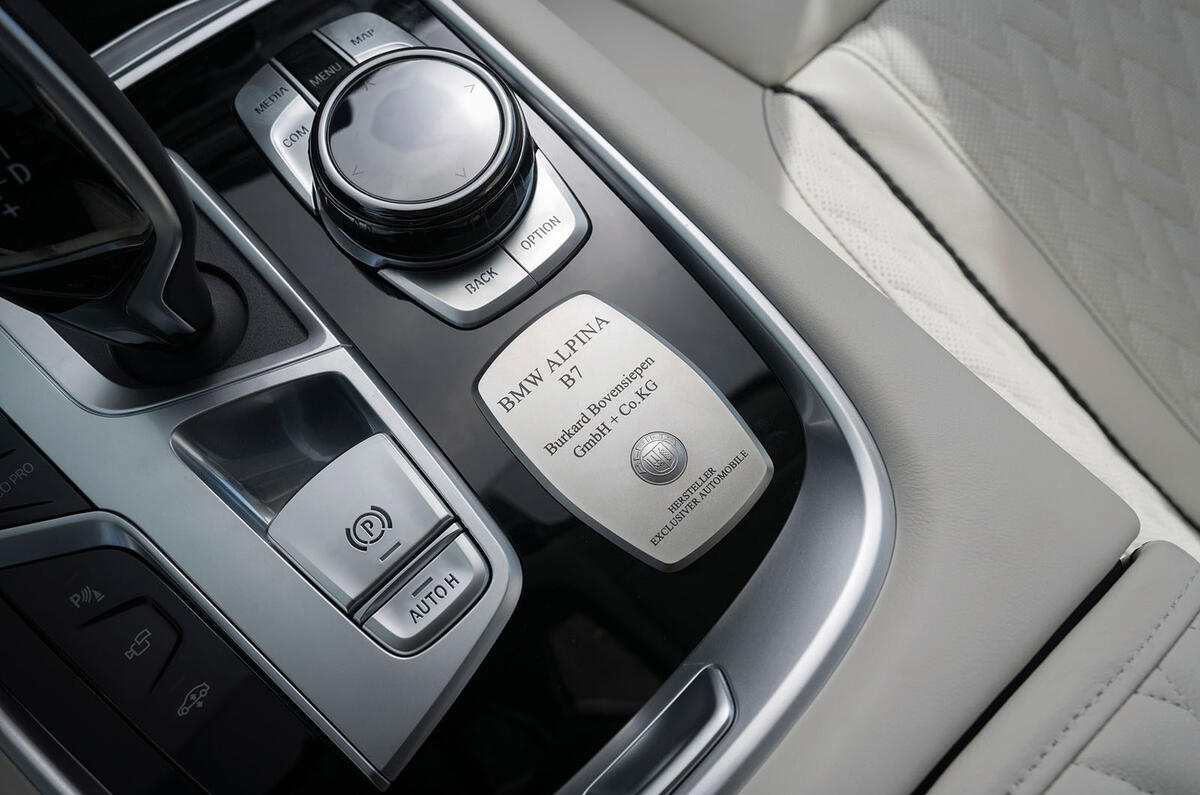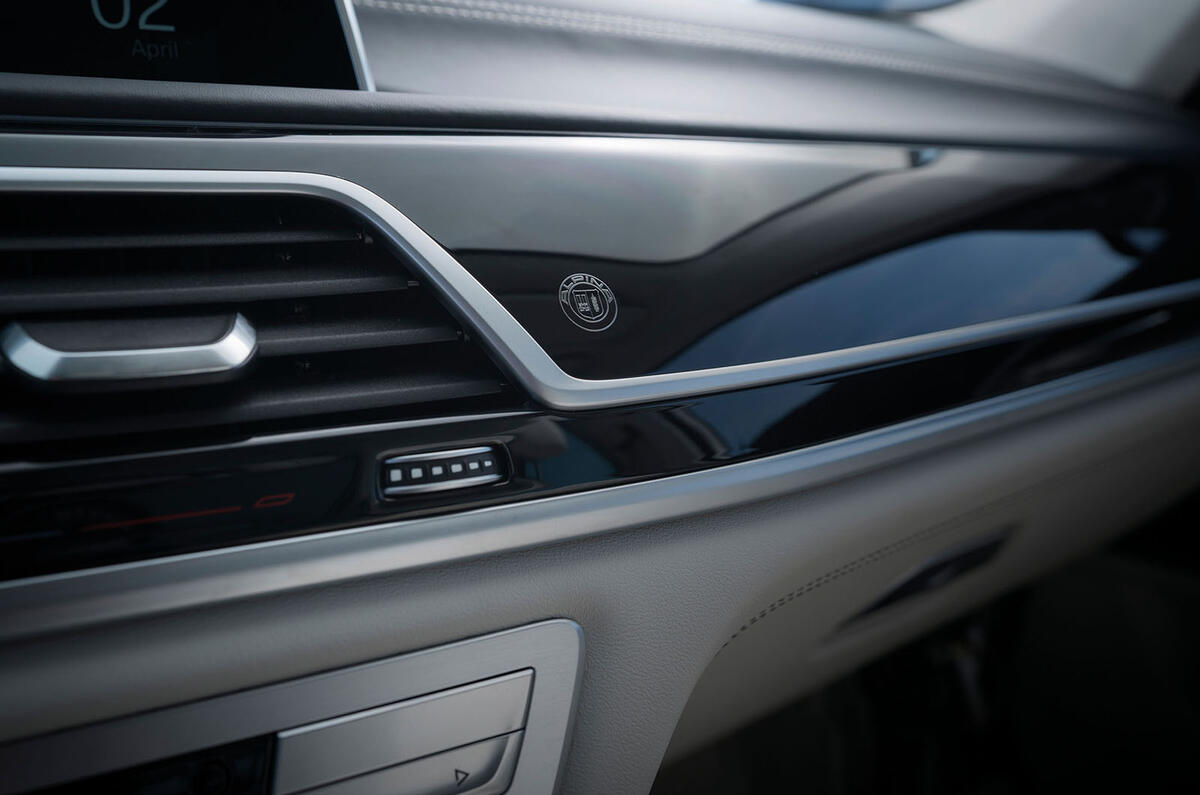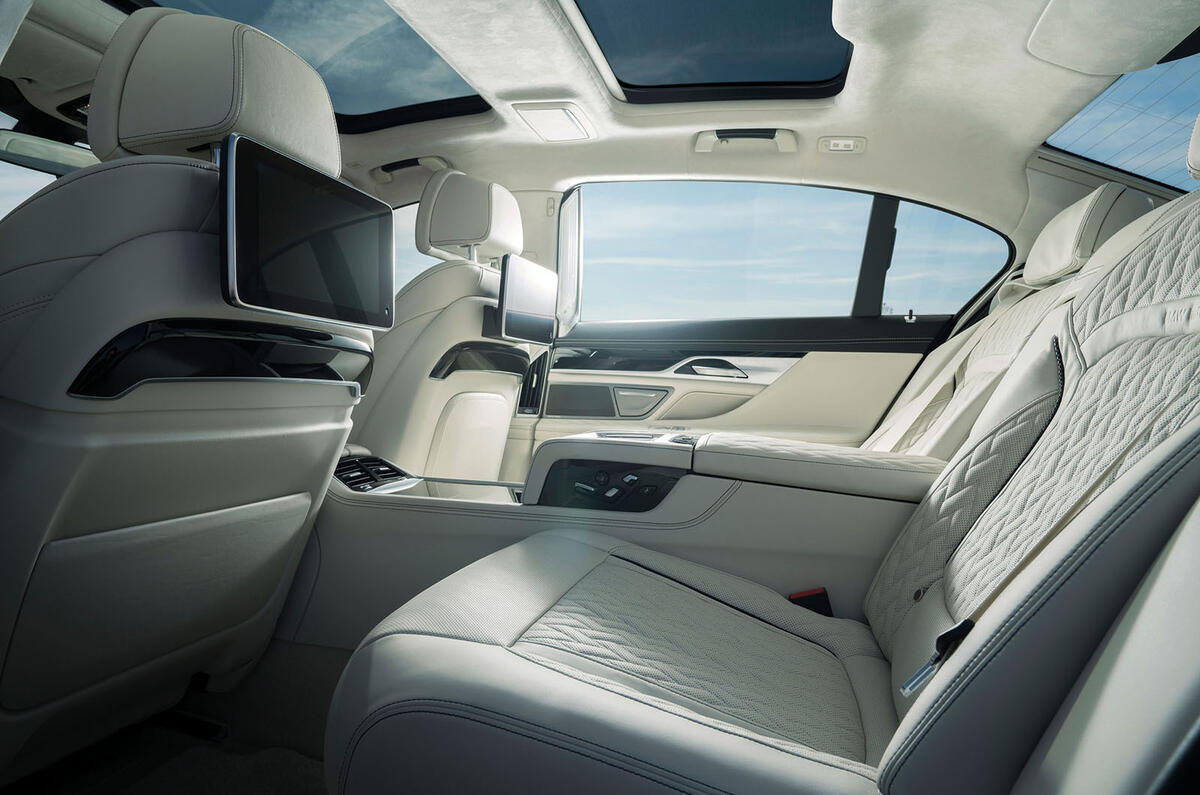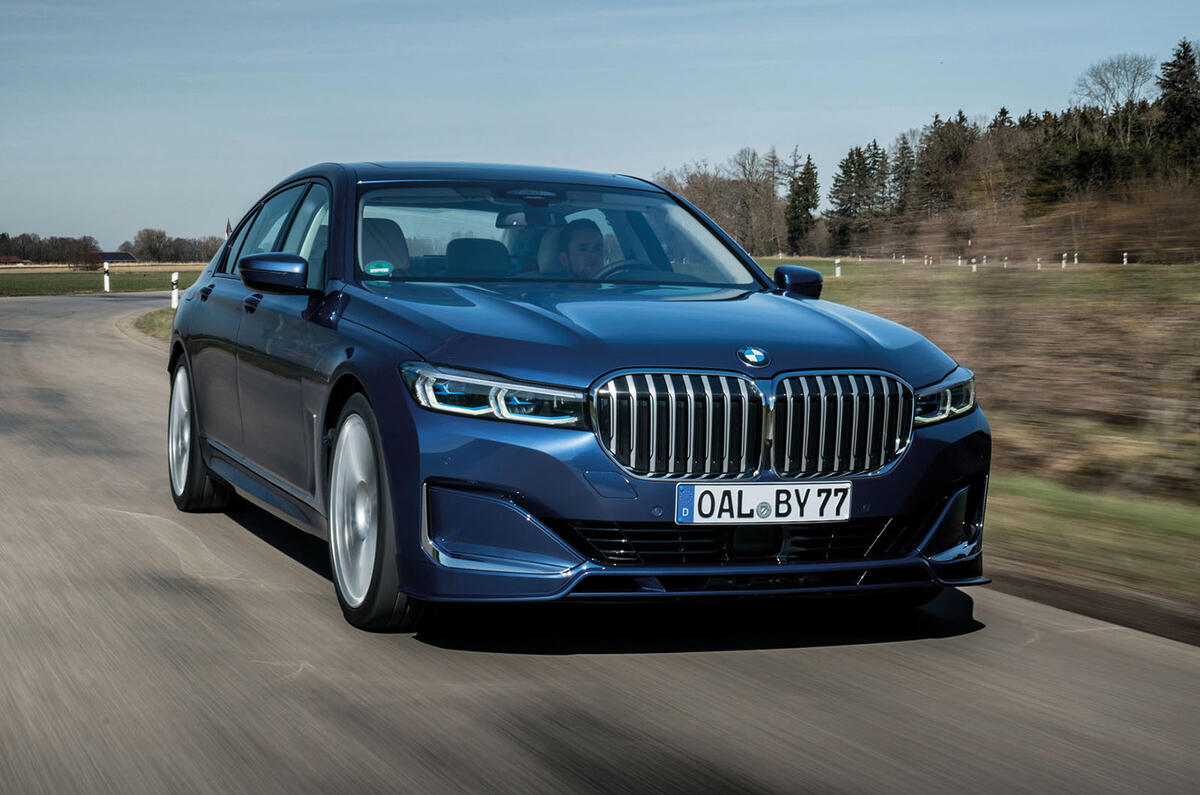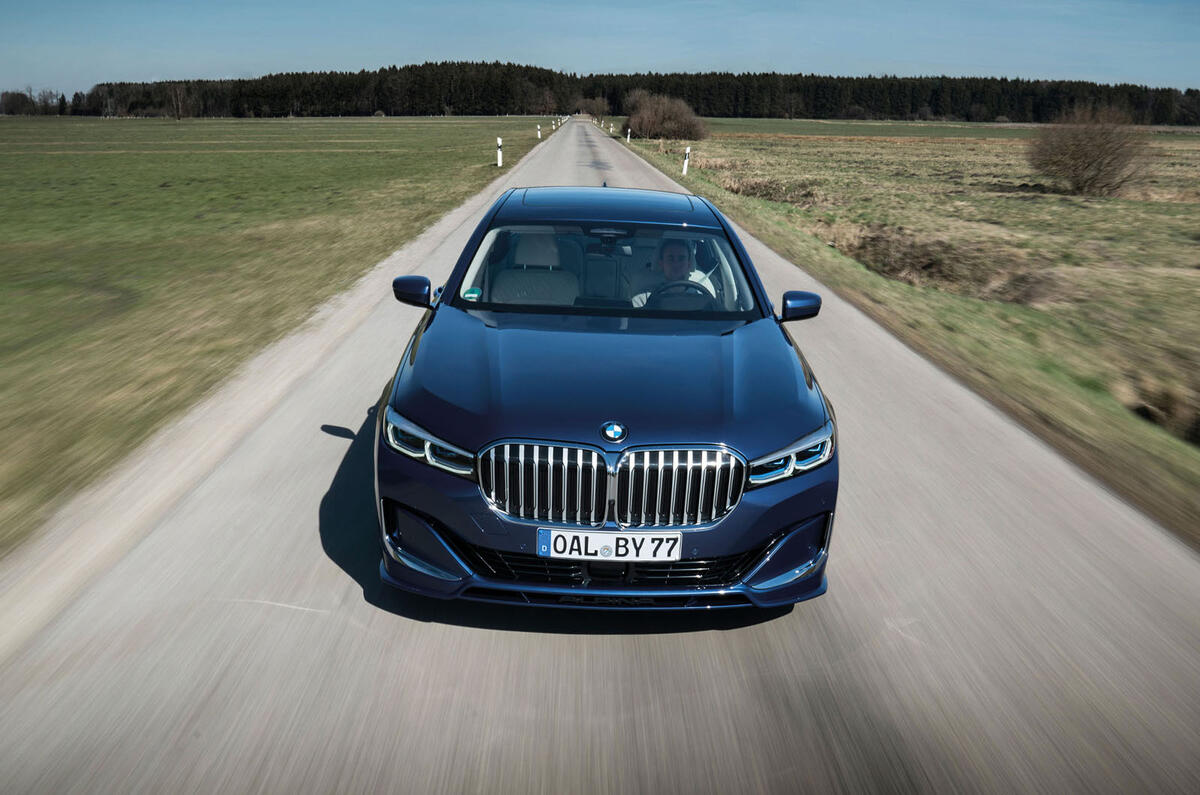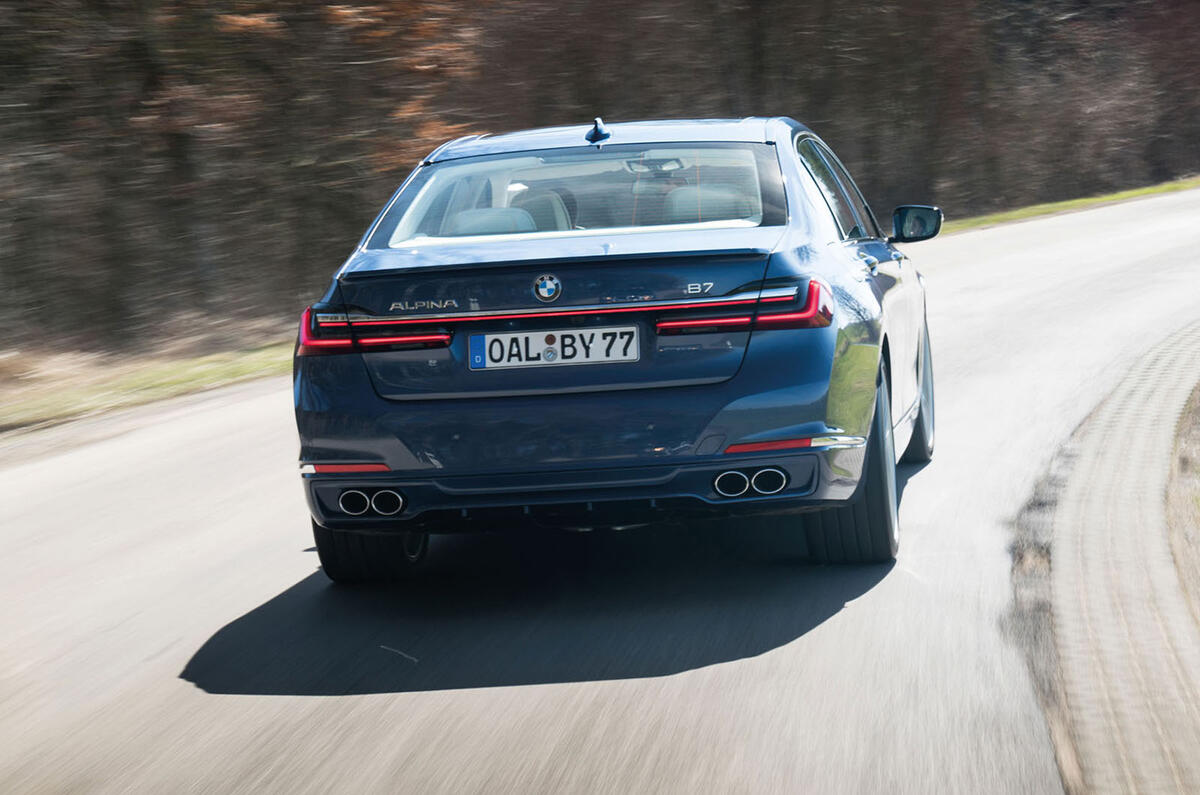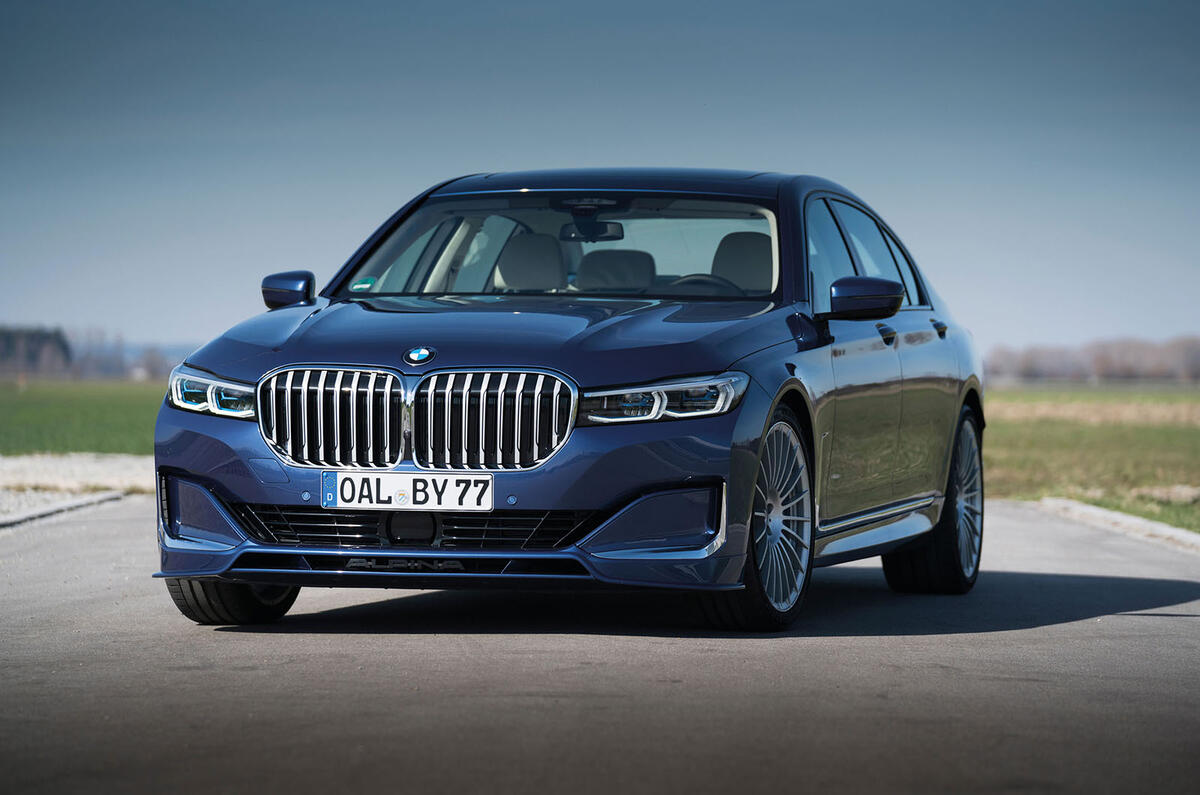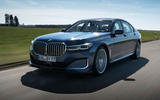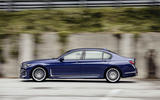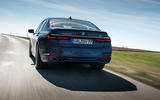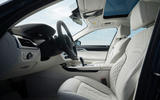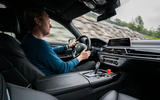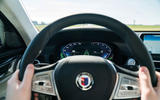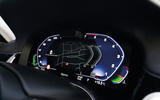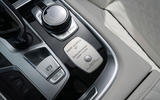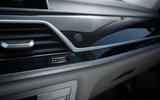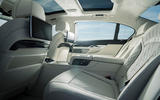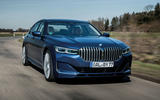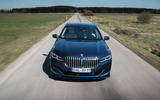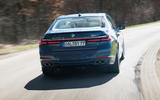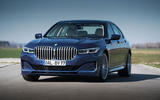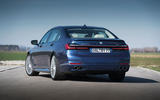Shall we start with performance? We might as well, because from a manufacturer so lovingly devoted to the finer details – those of leather grain, suspension kinematics and of course wine pairings – the spec-sheet brutality of this updated Alpina B7 super-limousine takes a few moments to sink in.
Admittedly, at 600bhp and 590lb ft, outright power and torque are no greater than before, but those numbers are what you get when you cross a supercar with a locomotive, and in any case, they are now ‘better’. In fact new twin-scroll turbochargers, intercoolers and engine-management software for the 4.4-litre V8 broaden the powerband to breathtaking proportions.
Peak torque now arrives at only 2000rpm and continues to 5000rpm, which not only guarantees blistering real-world performance but also drops the four-wheel drive B7’s 0-62mph time to a scant 3.6sec (0.1sec slower than the similarly powerful Mercedes-AMG S63, but let's not quibble – both cars are ludicrously quick). Meanwhile peak power is now on offer until 6500rpm, should you ever feel the need to stretch this car's very long legs. Leave nothing on the table and top speed is 206mph, making the B7 comfortably the fastest saloon in the world, at least until the new Bentley Continental Flying Spur arrives to offer some competition.
Back those finer details. Open the table-sized clamshell bonnet, gaze upon the engine bay and you'll see there are some very clever touches. The B7’s new intake ducts now take a shortcut directly from bumper to block, and to achieve this Alpina has threaded them through – that's right, through – the strut-braces. This is art where you’d least expect to find it. You'll also notice a pipe linking the intercoolers. It's not specific to Alpina, but does reduce the severity of the air pulses between each bank of cylinders, in turn reducing turbo-lag and sharpening throttle response.


